loki100
Posts: 10920
Joined: 10/20/2012
From: Utlima Thule
Status: offline

|
3 September 1942 – 6 January 1943
{I'll do a usual weekly report for T81 later}
The 4 months from early September 1942 to the end of the year had seen a massive reversal of fortune in the war. Perhaps the simplest measure of the scale of Soviet defeats was the loss of over 1 million prisoners in this period alone.
The German offensive had started with the victory at Bryansk and then swept through Vyazma, Kaluga and Tula before being stalled 30 km west of Moscow. After the autumn muds, they had launched a major offensive aimed at Ryazan. The commitment of almost all the newly formed armoured formations, plus elite armies drawn out of the Stavka reserve had led to a hard fought Soviet defensive victory which did much to restore morale.
However, they had then swung north and, again, Soviet forces were unable to prevent significant losses. The Soviet hold on the east bank of the Volkhov was threatened as were the key northern cities of Vyshny Volochek, Torzhok and Kalinin.
It was clear that the Red Army strategically was still firmly on the defensive.

The 4 months had seen the German army expand by 102,000 men (to 4.35m) while their artillery, tank and air numbers remained static. In addition, their allies put 1.75 million men, 17,000 guns, 380 tanks and 1,100 planes in the field. In turn the Red Army had shrunk by 600,000 men.
The only source of optimism for the Soviets was the strength of their industrial base and the massive reserves of manpower. In addition, most units had adequate ammunition and supplies even if movement was being hampered by a growing truck shortage.
The Germans had paid a high price for their victories. In the fighting they had suffered 150,000 killed and 340,000 wounded. 2,200 AFVs had been knocked out of action. In the air the axis forces had lost 1,800 planes and the Soviets 4,000 as the VVS had provided critical support to the battered Red Army formations in front of Moscow and at Ryazan.
One major problem for the Red Army was that one-third of their 9,000 tanks were under-armoured and under-gunned light, DD or cavalry tanks (and many of these were obsolete).
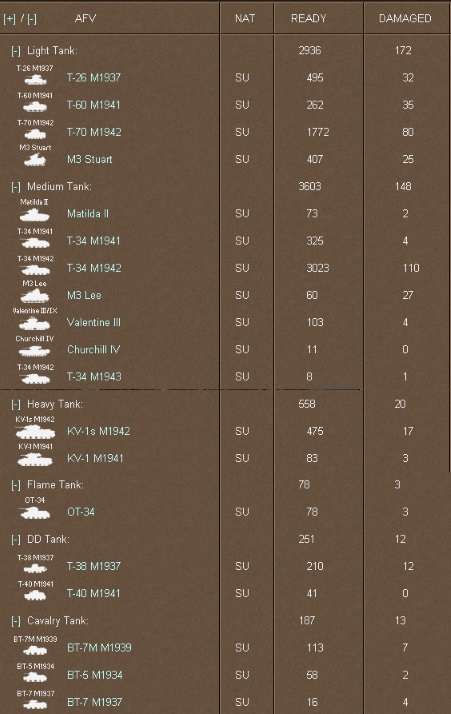
The T-34 now formed the backbone of the newly re-equipped tank corps and the small numbers of lend-lease medium tanks were mostly assigned to the independent tank battalions. The KV had proved a liability in the armoured formations as its additional armour was not enough to compensate for relying on the 76mm gun. Instead these were increasingly being allocated to the rifle corps in the main shock armies to help breaking through well dug in German infantry positions.

(KV-1 knocked out in the aftermath of tank engagement near Ryazan)
Again, the number of artillery pieces masked the reality that one-third were mortars of various calibres.
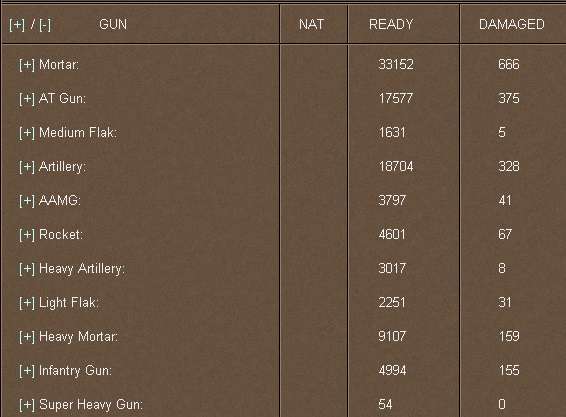
However, the new artillery and rocket formations had already proved their value both in Kalinin Front's limited offensive and in the defensive battles at Ryazan.

(Katyushas in action near Mozhaysk)

In the air, the VVS had re-organised to larger squadrons and most of the 1941 fighters had been replaced in front line formations. The new Yak-7, Yak-9 and La-5 had proved their worth and the US supplied P-40s were valued for their relatively long range. The bulk of the sturmovik squadrons now deployed the new 2 man version which gave them some protection from enemy fighters. Till recently the lend-lease US bombers had proved invaluable in the air war in the Crimea but evidence from recent weeks suggested that the Romanian forces now had a better defence against that tactic.
Despite ongoing losses, slowly the Red Army was recovering from its losses in September. The equivalent of 24 fresh rifle divisions had been deployed since mid-October.
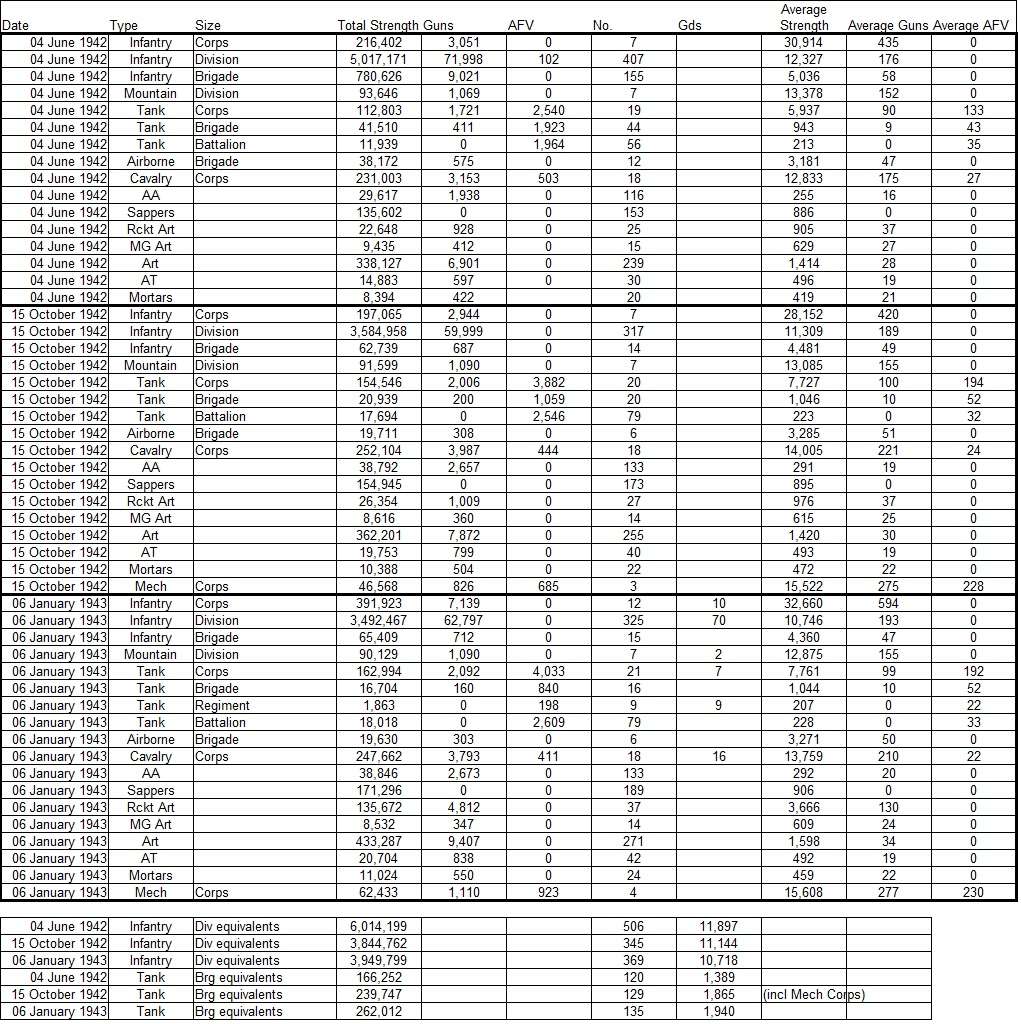
Equally, the rifle corps had proved its value both defensively and as the core of an attacking force. Backed by the new artillery divisions, these had managed to regain some ground near Moscow even if the Germans were too strong to allow a major offensive.
In addition, the recent inability to exploit the Mozhaysk victory meant that Stavka was determined to raise more tank and mechanized corps as soon as sufficient motorised assets were available.
_____________________________
|
 Printable Version
Printable Version



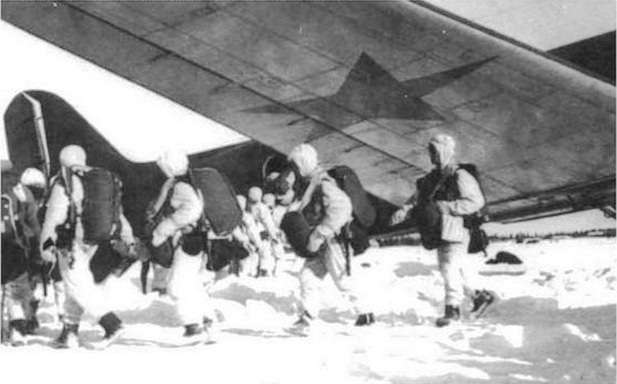

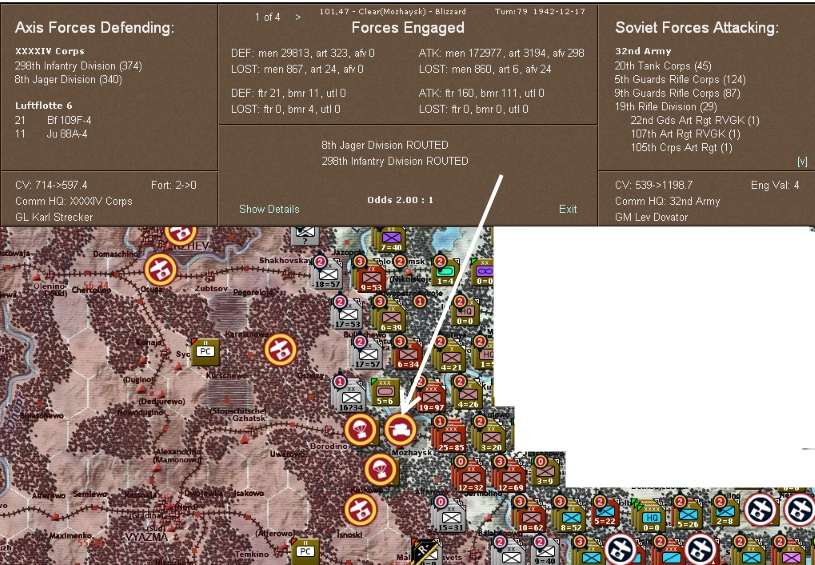

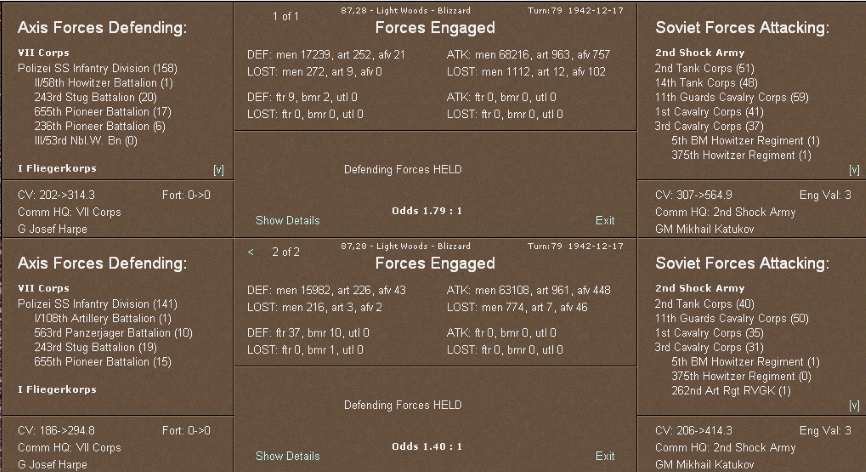

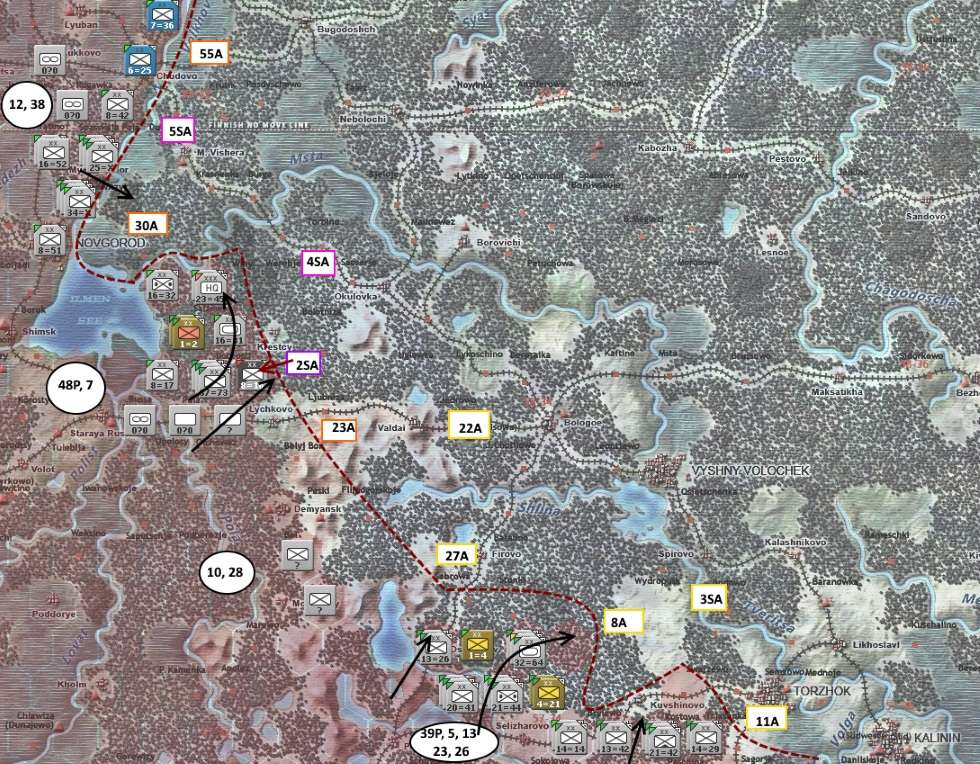






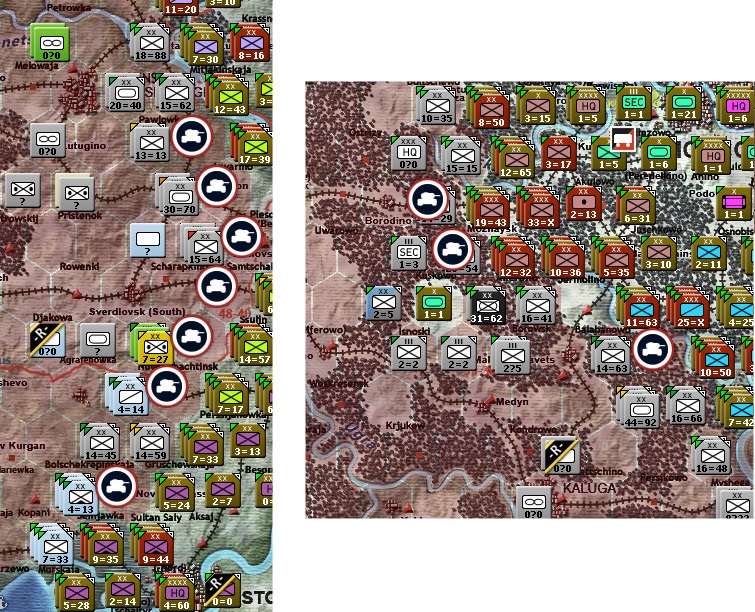





























































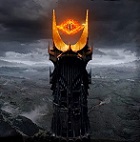












































 New Messages
New Messages No New Messages
No New Messages Hot Topic w/ New Messages
Hot Topic w/ New Messages Hot Topic w/o New Messages
Hot Topic w/o New Messages Locked w/ New Messages
Locked w/ New Messages Locked w/o New Messages
Locked w/o New Messages Post New Thread
Post New Thread